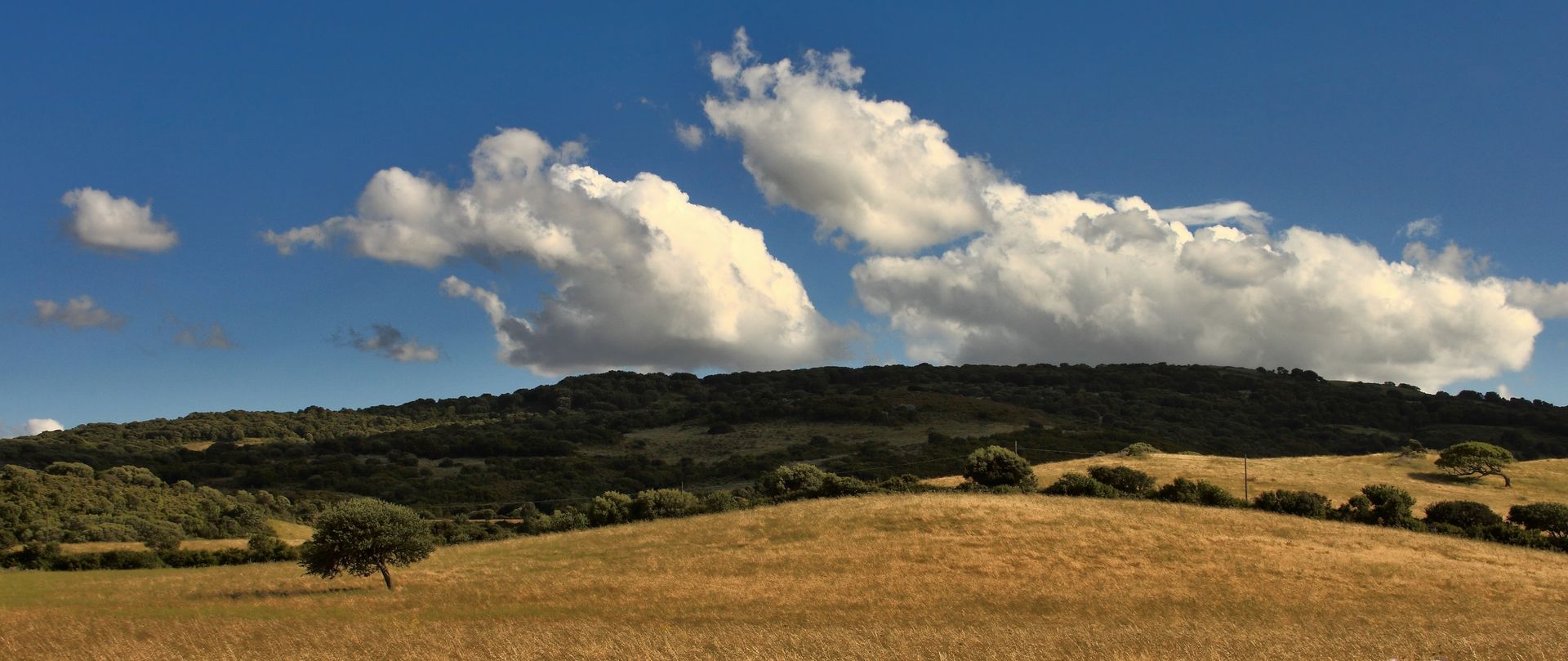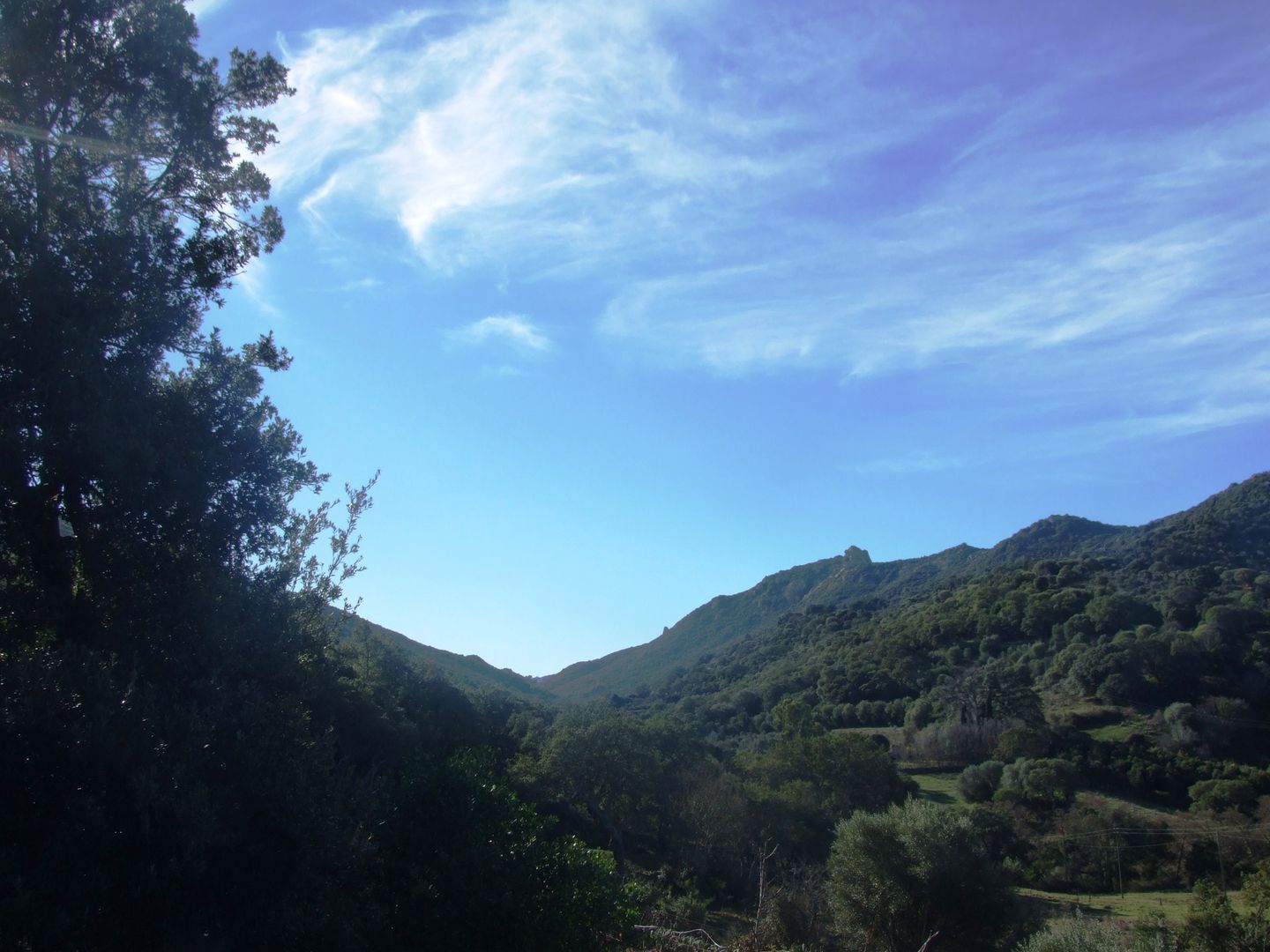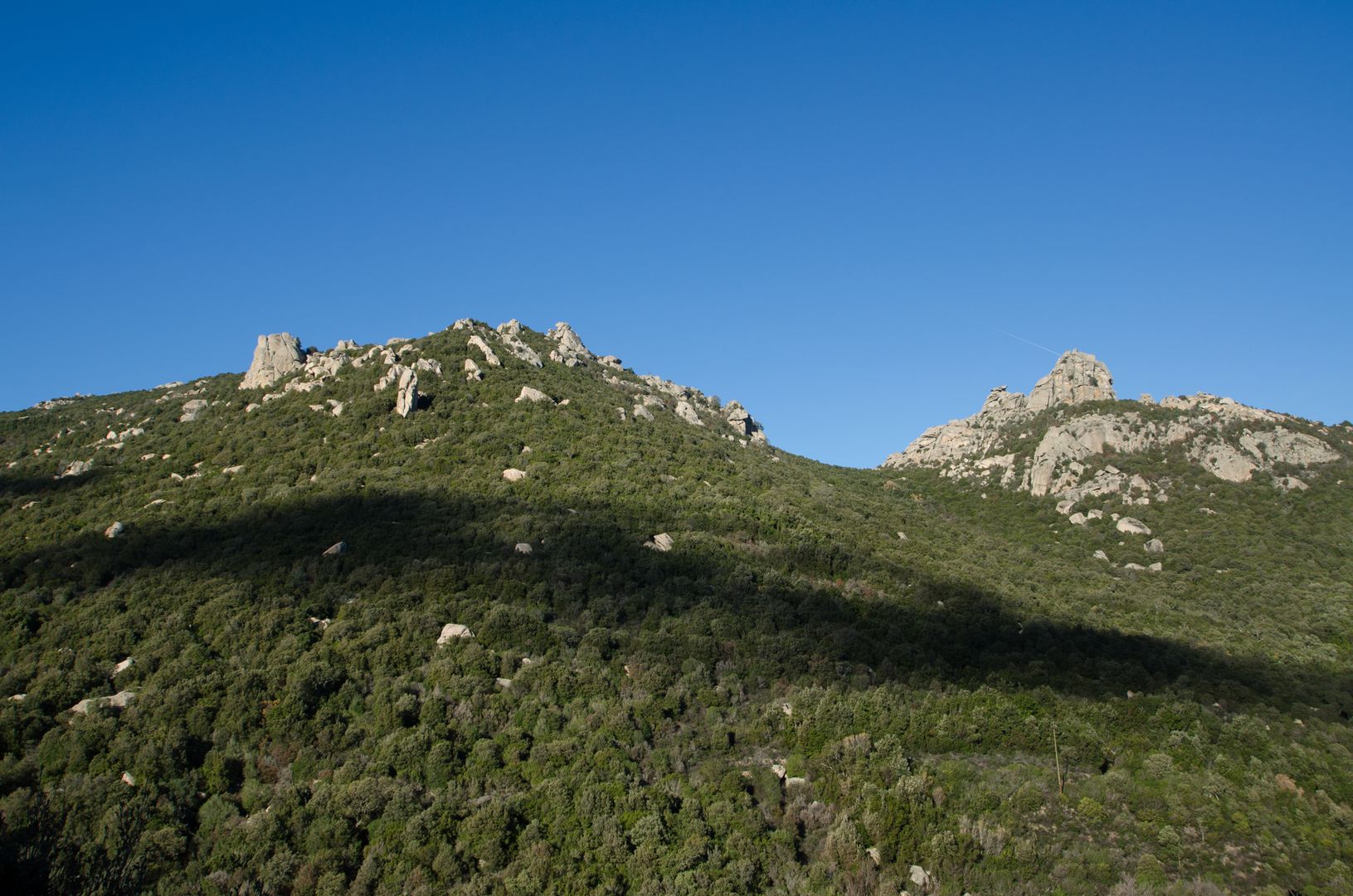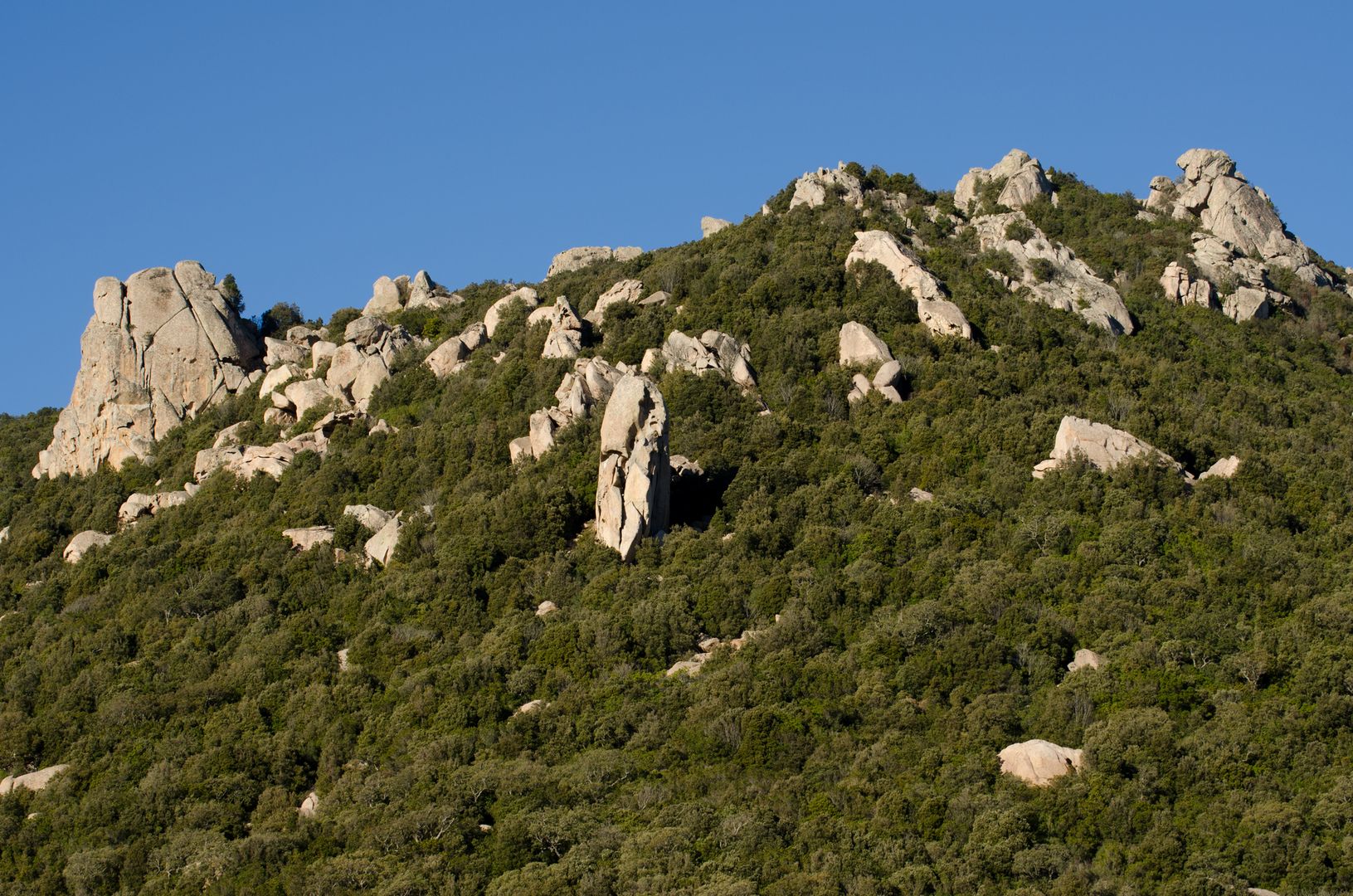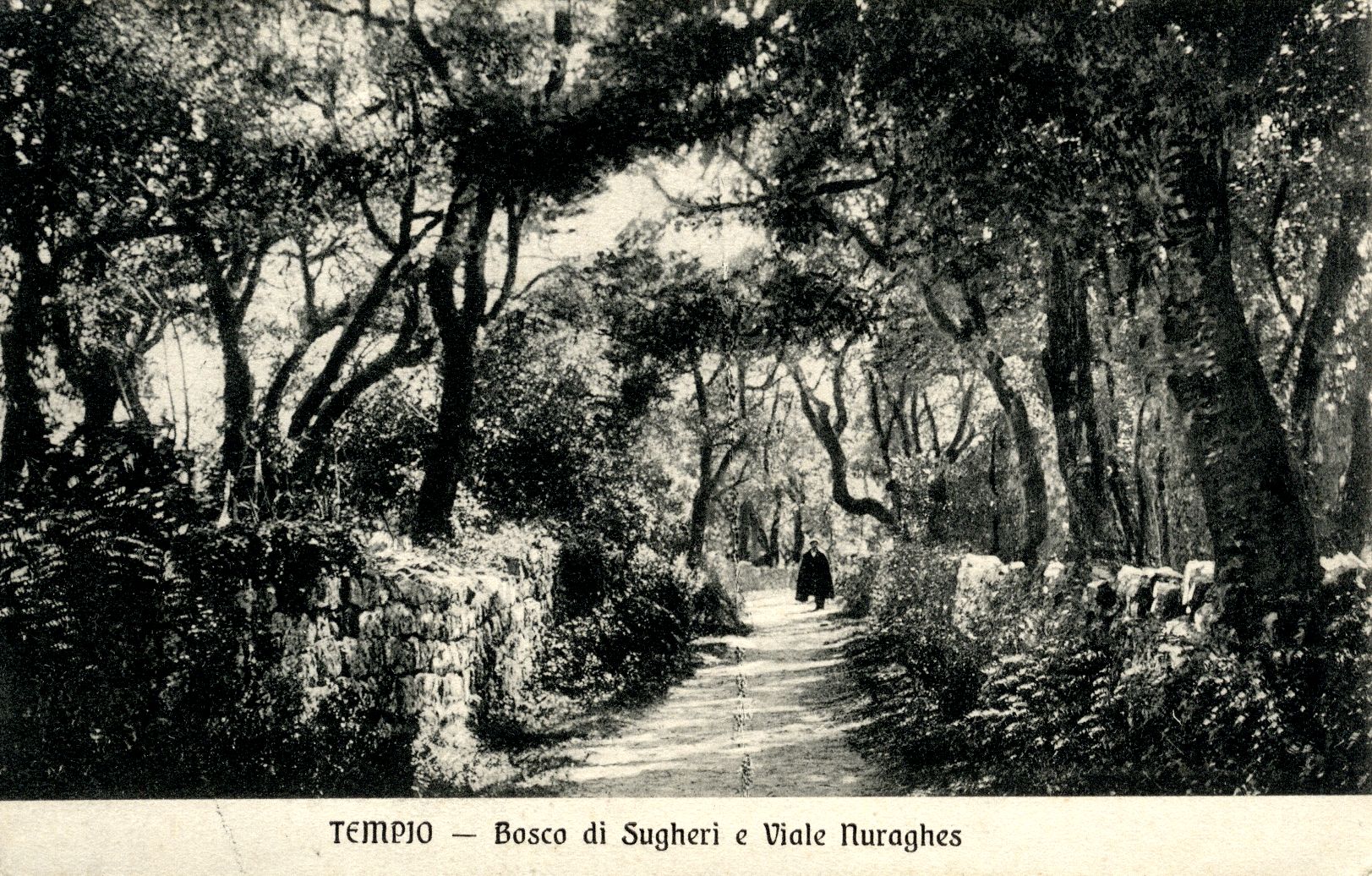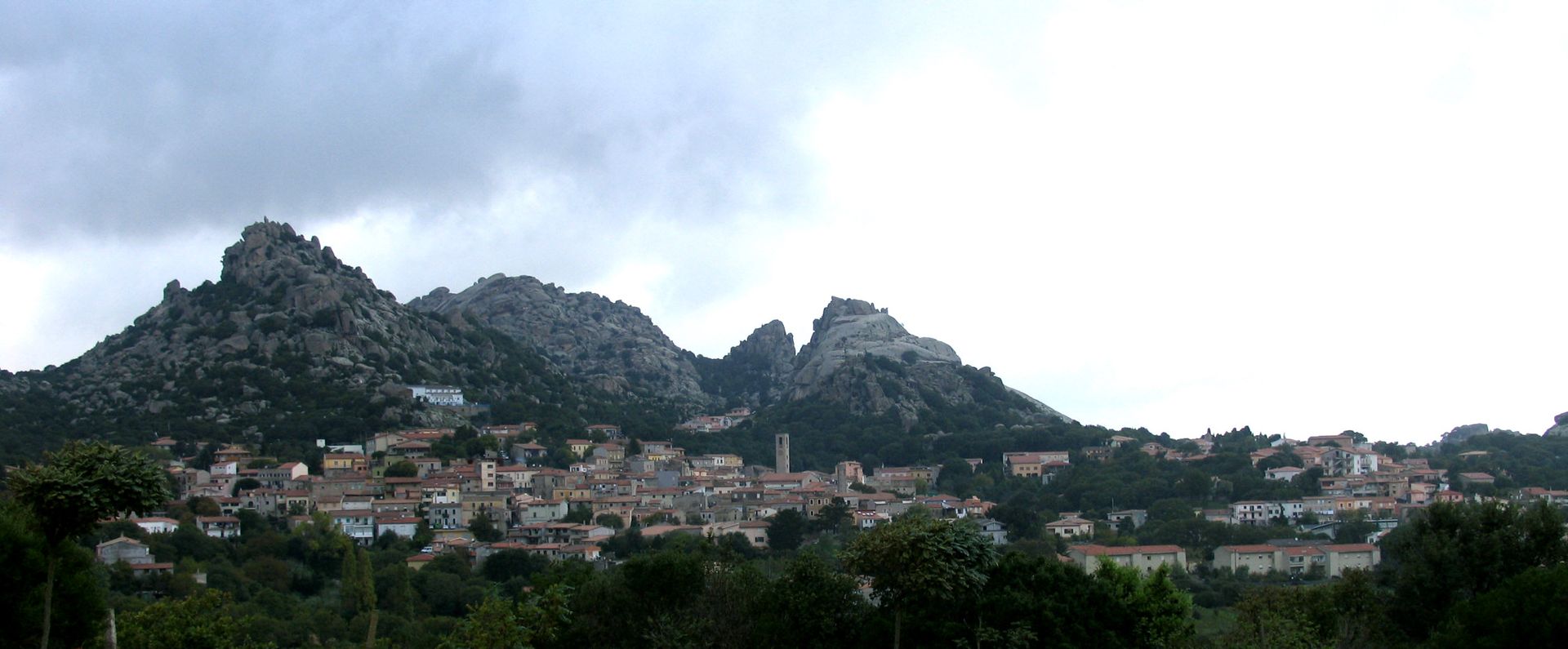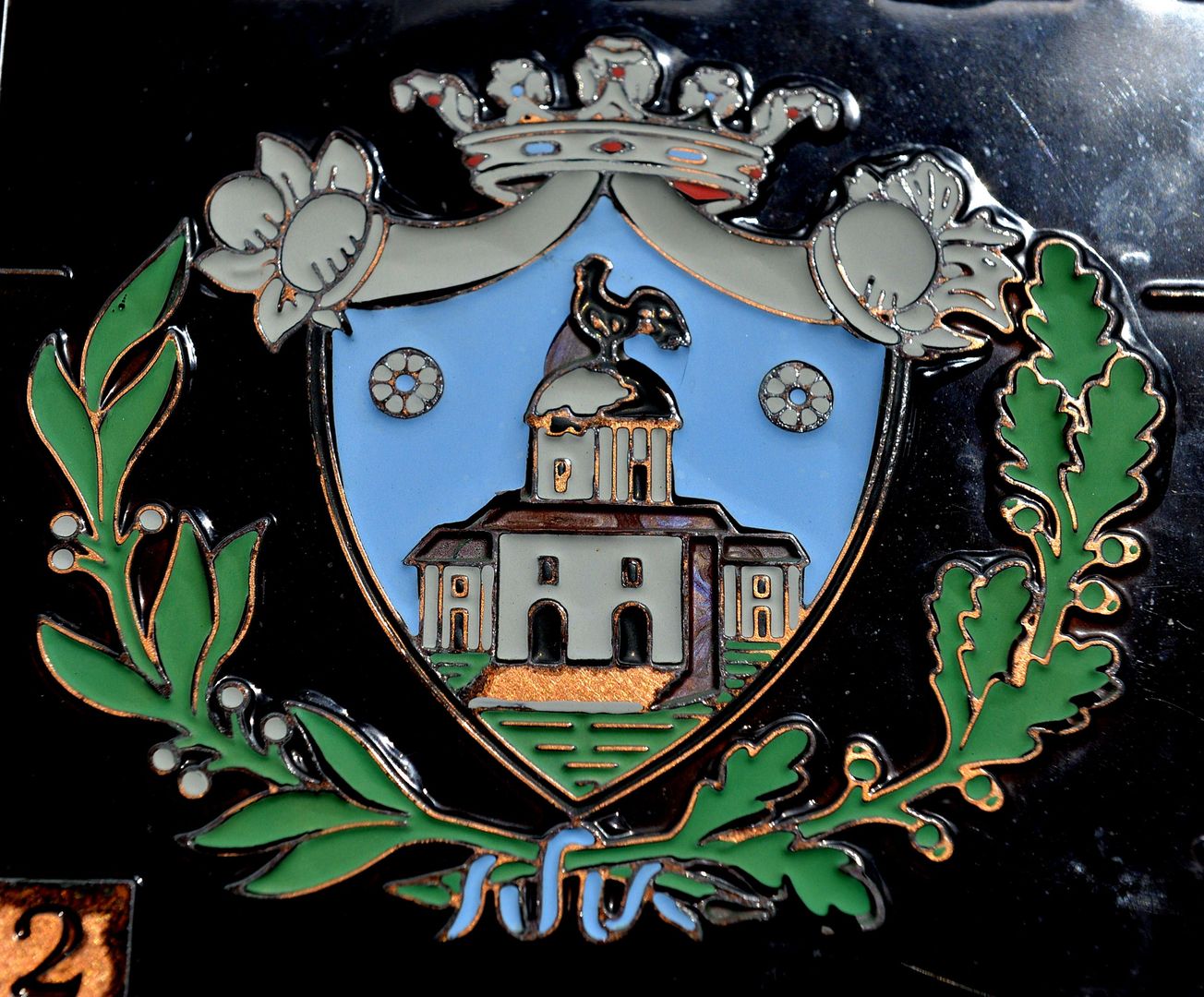FROM ARZACHENA TO TEMPIO
Sketch of the present state of the Island of Sardinia⇒
London 1828
John Murray, Albermarle-Street
in italian: ![]()
These fine grounds are watered by a meandering stream, which, though nearly dry in August, is never actually so: it contains trout, perch, and eels, and its shallow parts swarm with tortoises. In their respective seasons there is also an abundance of partridges, quails, doves, beccafichi, and many other birds; especially the beautiful “apiolu,” or bee-eater, which works its nest in horizontal galleries, deep sunk into the banks of the river.
Dante, speaking of the marriage of Beatrice of Este, widow of Judge Ugolino, to Galeazzo Visconti, is merciless in his satire:
SOURCES OF ILLUSTRATIONS
19th Century Paintings, Drawings and Lithographs
Michel Antony Shrapnel Biddulph, Valley of the Liscia, ca 1858, IN Thomas Forester, Rambles in the islands of Corsica and Sardinia, London, Longman. Brown, Green, Longmans, and Roberts, 1858; 1861.
Old coat of arms of Tempio, by rete.comuni-italiani.it
Postcards and Photos, Late 19th/Early 20th Century
coll. by Erennio Pedroni
Contemporary Photos
Mouth of the river Liscia, by Alessandro Ravizza – Flickr
Antonio Concas – Flickr, Roberto Gamboni – Flickr, own photo – Flickr, Antonio Concas – Flickr, Stefanie Gehrig – Flickr

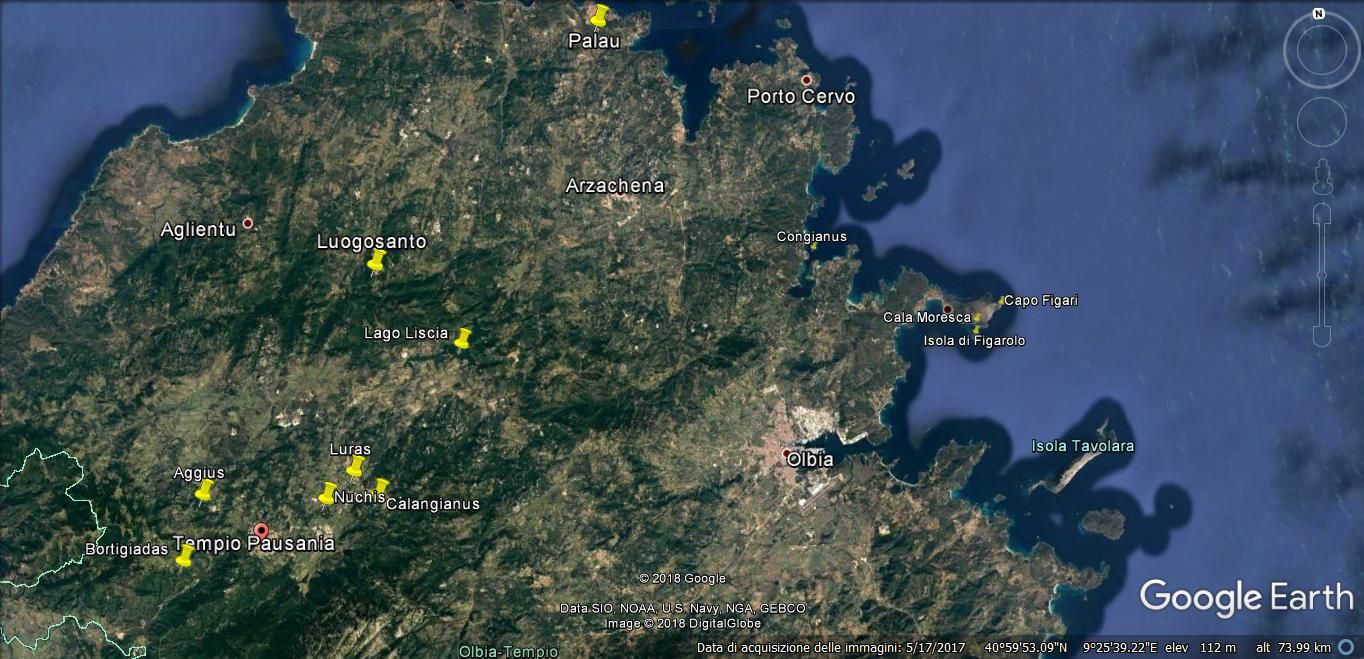

![Michel Antony Shrapnel Biddulph - Valle del Liscia [picture in the book], 1858 Michel Antony Shrapnel Biddulph - Valle del Liscia [picture in the book], 1858](https://www.galluratour.it/wp-content/uploads/2019/03/2A-Biddulph-la-valle-del-Liscia-1858.jpg)
